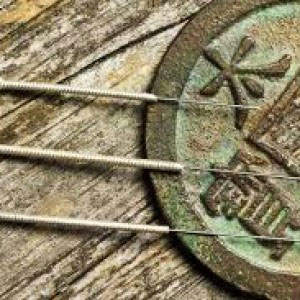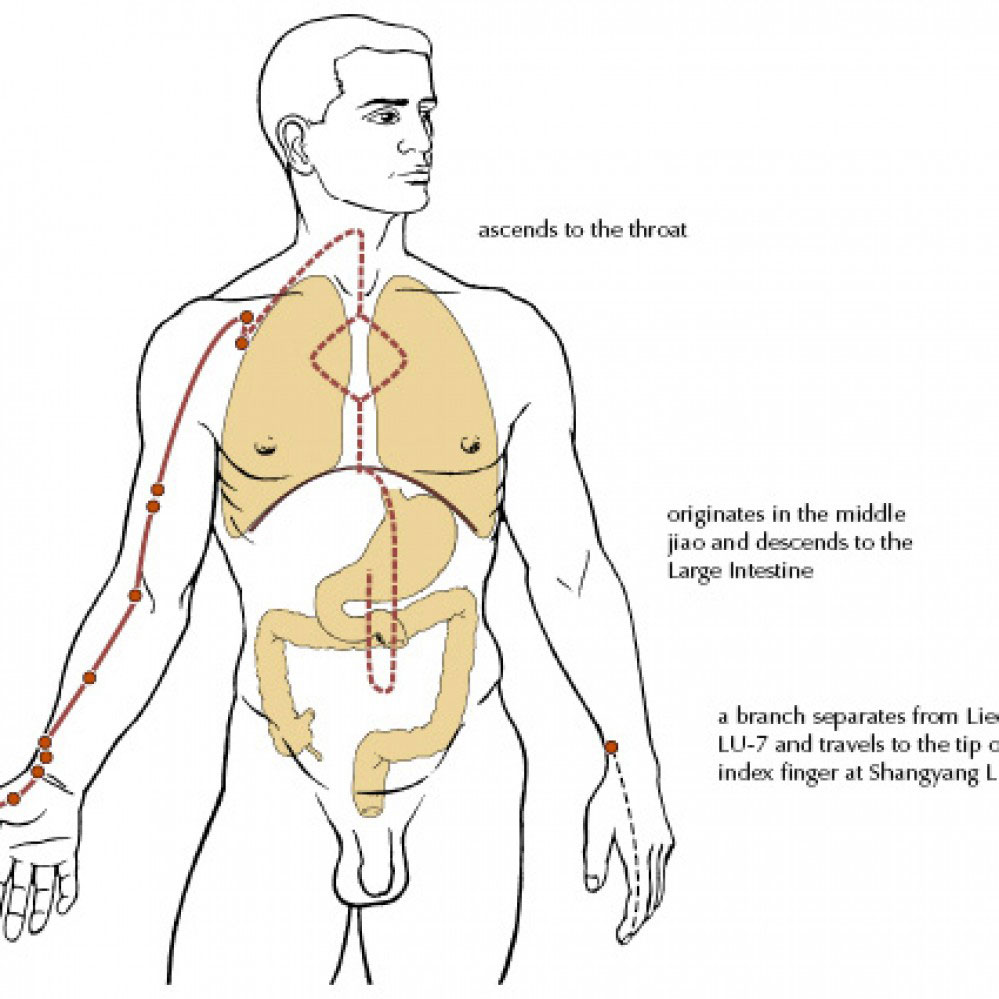There’s not a day that goes by where I am not asked the questions, “So, how does Acupuncture actually work? How can sticking needles in my body make me feel better?” There are a couple different ways to go about answering these important questions. The first way is to explain the medicine with ancient Chinese philosophy, discussing the movement of Qi, your body’s complex meridian system, and how these meridians communicate as networks to connect your body and mind. The second way is to discuss Acupuncture’s effect on human physiology in modern Western medical terms. Neither one is more right or wrong than the other. Both explanations are completely valid, differing in vocabulary, but discussing the same phenomenon. For this reason, I will attempt to explain Acupuncture using both frames of thought in order to create an understanding cross-culturally.
The various understandings of how acupuncture works has evolved with its practice over time, but the explanations laid down thousands of years ago have largely been retained and are still used today. The most dominant function of acupuncture is to regulate the circulation of Qi (vital energy or life force) and blood throughout your body. Before microscopes were invented to look at individual cells and prior to autopsies that reveal the complex structures within the body, Chinese doctors and scholars projected the intricate internal workings of the body from what they could actually experience, which was the world outside the body. Because of this, Chinese medical terms are similar to those used to describe nature and the world around us. Relationships were made and patterns in nature identified that correlate with human physiology. This is why Chinese Medical theory views external elements such as Wind, Cold, Heat, Dryness, and Dampness as contributing factors to disease.
It is easy to understand how the natural elements can greatly influence the state of your health when you walk out into a wind storm and begin to get the sniffles, or when the temperature drops and your arthritis flares up. Your body’s meridian system is also explained using terms from nature. Acupuncture meridians are viewed as interconnected passageways allowing Qi and body fluids to flow freely and nourish organs and body tissues. The meridians are a system of communication networks that connect both to internal organs and each other, making the body a unified whole.
In Western medical terms, your meridians are analogous to the circulatory system transporting blood and the nervous system transmitting electrical impulses creating a physiological response. Every organ has its own group of meridian systems that connects its internal organ to the surface of the body where acupuncture points are found. These points are utilized as access points to stimulate a systemic response. Sometimes the ebb and flow of Qi in the meridians can become disrupted or blocked leading to organ disfunction or pain. Common contributing factors include diet/lifestyle habits, physical or emotional trauma, lack of exercise, and environmental toxins. By choosing acupuncture points on the affected meridian systems the practitioner is able to adjust the Qi flow in the channels and help bring the body back into balance.
According to modern understanding, stimulating acupuncture points has a direct effect on the nervous system, which not only transmits signals along the specific nerves that innervate the point directly, but also emits a variety of biochemicals that influence other cells throughout the entire body. The brain/nervous system is directly connected to the endocrine (hormonal) system via the hypothalamus in the base of the forebrain. The hypothalamus is in charge of regulating many basic body functions such as sleep, hunger, thirst, sex, and emotional and stress responses. It also controls the pituitary gland which can be viewed as the “master control center” for releasing hormones throughout the endocrine system and influencing the physiology of every body system. This is how Acupuncture works as a complete medical system treating not only acute local injuries, but chronic conditions as well.
When you look at basic Western anatomy and physiology along side Eastern philosophy it makes it much easier to comprehend how stimulating a tiny point on your hand could create a complete systemic effect. Integrating the two views of the human body is the future of medicine. When it comes to your health, blending the best of both worlds is always your best option.





 WHOLE By Design
WHOLE By Design




